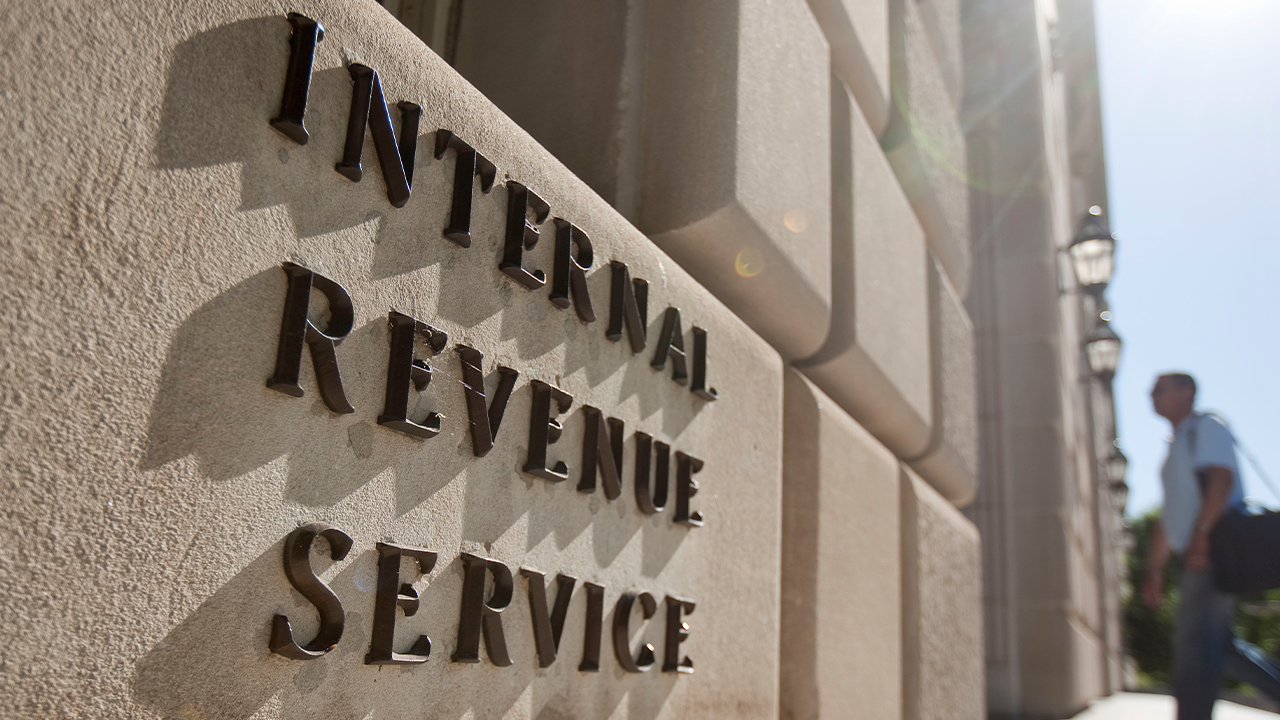IRS raises 401(k) contribution limit by record amount as inflation rages
IRA contribution maximums also increasing in 2023, the IRS announced
Fed unlikely to ‘slow down’ if inflation rates do not respond soon: Kenny Polcari
SlateStone Wealth chief market strategist Kenny Polcari surveys the U.S. economy as the 10-year treasury yield continues to climb to record rates, on ‘Varney & Co.’
The IRS on Friday raised the amount that Americans can set aside for retirement in their 401(k) and other tax-deferred plans next year.
Beginning in 2023, workers will be allowed to contribute up to $22,500 to their 401(k), an increase of $2,000, or about 9.8% — the biggest jump since 2007, when the limit was $15,500.
The IRS makes such cost-of-living adjustments annually, but in times of painfully high inflation, the increases are more significant and impactful for taxpayers. The government reported last week that the Consumer Price Index, which measures a basket of everyday goods, rose by 8.2% in September, much more quickly than expected. Core prices, excluding gasoline and food, jumped by 6.6%, the fastest rise since 1982.
Just a fraction of people — about 8.5% — who contribute to a retirement account hit the maximum in 2018, according to a Congressional Research Service report.
IRS SETS HIGHER TAX BRACKETS, STANDARD DEDUCTION FOR 2023 AS INFLATION RAGES

The IRS makes cost-of-living adjustments annually, but in times of painfully high inflation, the increases are more significant and impactful for taxpayers. (Al Drago/Bloomberg via Getty Images / Getty Images)
The IRS also boosted the contribution maximums for IRAs and lifted the limit to $6,500 for 2023, up from $6,000 in 2022. The catch-up contribution amount for IRAs will stay at $1,000, meaning that anyone age 50 and older may stash away $7,500 next year.
Under the latest changes, more Americans could qualify for Roth IRAs, which tax contributions upfront, allowing individuals to grow their investment earnings tax-free (unless the money is withdrawn before an individual is 59½ years old).
The newest income phaseout from the IRS will rise to $153,000 from $144,000 for individuals and to $228,000 from $214,000 for married couples who are filing jointly.
One in four Americans has no retirement savings, according to a recent report from PwC, a professional services network. They report that U.S. households with individuals between the ages of 25 and 64 have a massive retirement savings deficit, with a total of $3.68 trillion less in savings than they should have in order to be prepared.

The government reported last week that the Consumer Price Index, which measures a basket of everyday goods, rose by 8.2% in September, much more quickly than expected. (FREDERIC J. BROWN/AFP via Getty Images / Getty Images)
Federal Reserve research suggests that the median retirement account balance in the U.S. was just $65,000 in 2019.
GET FOX BUSINESS ON THE GO BY CLICKING HERE
Earlier this week, the IRS announced that it would set higher tax brackets and standard deductions for 2023.
For next year, the IRS is increasing the tax brackets by about 7% for both individual and married filers across the income spectrum. The top tax rate will remain 37% in 2023.





















